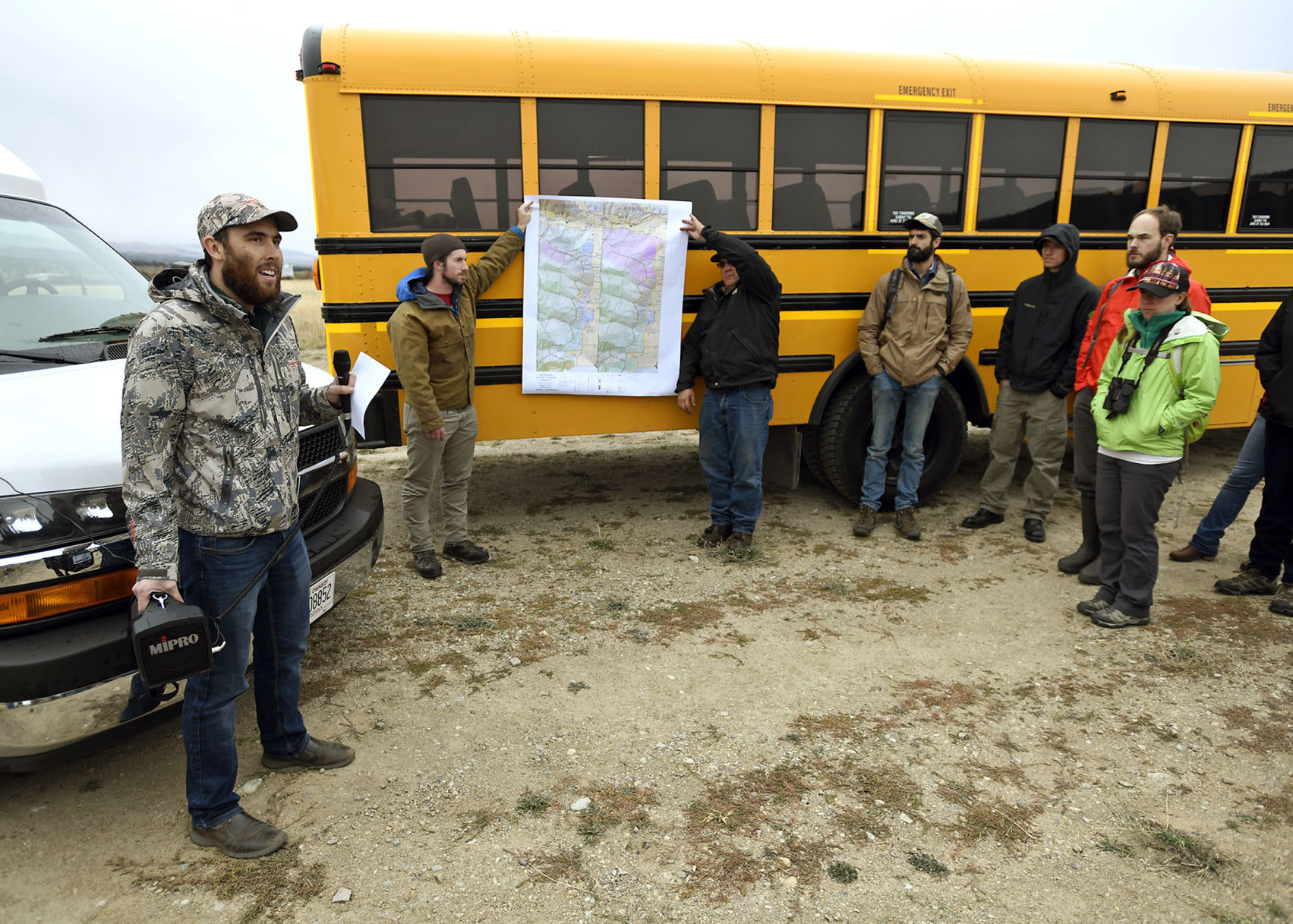 Sending in firefighters to try to stop the Lolo Peak fire while it was still relatively small this past summer would have been “almost like a suicide mission” according to Jordan Koppen, a fire information officer for the Montana Department of Natural Resources and Conservation. That’s because the fire started in such remote, heavily forested and steep terrain that there would have been no way to escape quickly if the fire acted erratically due to wind or other factors, he said. He added that more aerial drops of retardant wouldn’t have stopped the blaze because the thick tree canopy in that area would have stopped the retardant from hitting the undergrowth below.
Sending in firefighters to try to stop the Lolo Peak fire while it was still relatively small this past summer would have been “almost like a suicide mission” according to Jordan Koppen, a fire information officer for the Montana Department of Natural Resources and Conservation. That’s because the fire started in such remote, heavily forested and steep terrain that there would have been no way to escape quickly if the fire acted erratically due to wind or other factors, he said. He added that more aerial drops of retardant wouldn’t have stopped the blaze because the thick tree canopy in that area would have stopped the retardant from hitting the undergrowth below.